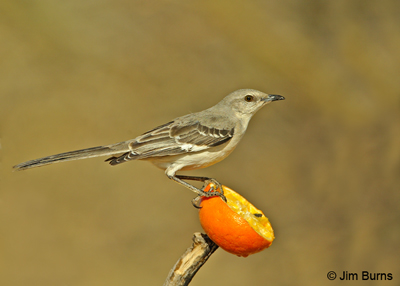
A Cliffs Notes definition of Asperger’s might read “a set of behavioral challenges on the high end of the autism spectrum characterized by poor social skills, lack of empathy, tunnel vision, and obsessive attention to special interests.” I became interested in Asperger’s several years ago when a client at my workplace only half facetiously suggested The Man For Whom I Work might have it. Then a few months ago, because as a birder the title caught my eye, I chanced upon a review of Erskine’s little book.
Mockingbird is fiction, written from the perspective of Caitlin, a ten-year-old girl living alone with her father and her older brother. As she’s learning to cope with her Asperger’s and the death of her mother from cancer, disaster strikes her family again when her beloved brother, Devon, her life mentor, is shot and killed in the Virginia Tech shootings of 2007.
The book sounds like a downer, but it’s an upper. What prompted me to write this review is the incredible prescience this book has for the aftermath of the recent tragedy in Tucson which is playing out amidst the overheated political rhetoric of our time. Though Mockingbird is not about birds, it references Harper Lee’s 1960 novel, To Kill A Mockingbird, and echoes Lee’s message about not harming the weak and defenseless. Devon had read Lee’s book to Caitlin and had nicknamed her Scout, Lee’s young heroine.
Like some Asperger’s children, Caitlin cannot Look At The Person, hates loud noises, and feels physically ill when someone enters her personal space. And like some Asperger’s children she reads far beyond her grade level and possesses prodigious artistic ability. But she doesn’t do colors. Colors run together and are messy, and Caitlin feels safest in the black and white world of her dictionary and her books. Erskine remarkably and wonderfully transports her readers inside Caitlin’s head on her journey through schoolyard bullies and adults who don’t Get It toward CLO-sure and EM-pa-thy.
Devon’s unfinished Eagle Scout project was a Mission Chest, and Caitlin and her father finish it, seeking that closure. Caitlin carves a mockingbird, black and white and shades of gray, into the chest’s lid. In the final scene Devon’s old art teacher gives Caitlin a box of pastels—“Now I’m ready to use them,” she says “because I figured out how I’m going to draw the whole complete picture.”
Life’s whole complete picture is not just black and white. Life has many colors, and they often run together and are messy. We must realize the importance of community and civility. We must see that happy endings are the product of empathy. We must all Work At It—getting inside the heads of others and truly understanding their point of view.
I hope you’re curious enough about the odd capitalization throughout this column that you will read Mockingbird for the explanation. It is a children’s book, but it should be required reading for every adult human being. You will cry a lot, but you will also laugh, and the denouement will make you smile and know there is hope in Tucson’s wake.